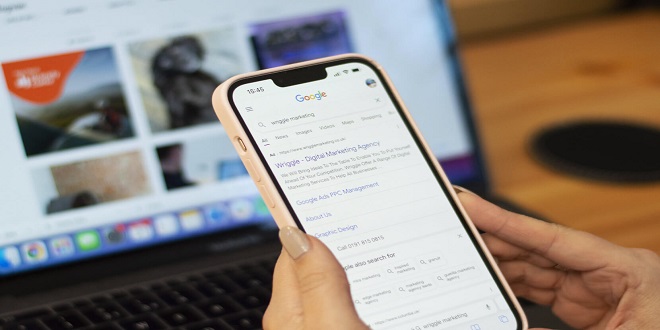Click frauds are becoming increasingly popular nowadays. Click fraud prevention is the process of protecting your site from click fraud. Its main goal is to avoid situations where a website owner generates fraudulent traffic to their website or inflates customer costs.
What is click fraud prevention?
Protective software such as click fraud prevention identifies and prevents fraudulent clicks on ads. It does not just mean preventing invalid clicks but also identifying other types of fraudulent activity, such as bots and click injection.
How does click fraud prevention work?
Software such as click fraud prevention uses a variety of methods to identify fraudulent clicks.
The first step is to look for patterns of activity that are inconsistent with normal user behaviour. For example, if you see a lot of clicks from the same IP address or area code, it may be possible that someone is trying to manipulate your reporting data. The next step involves analysing the click itself and comparing it against historical data about users’ actions after clicking on an ad. Suppose you don’t have any historical data on this particular action type (or none). In that case, there is no way for your system to determine whether this is legitimate traffic unless it can be determined by other means (such as IP). Finally, some systems will also analyse individual user behaviour over time to identify abnormal patterns in their activity, such as spending only one minute on any given page before returning back again immediately afterwards without viewing anything else (which would indicate they were there just long enough so that their browser wouldn’t lock up).
How can you prevent click fraud?
While you’ll never be able to stop click fraud completely, there are things you can do to decrease the cost of it.
- Refrain from buying traffic. If you’re buying traffic from one of the many sites that sell it, ask yourself why they need to sell it in the first place. They usually need to make money on their site and have found a way to profit off your advertising dollars without giving much value in return. It’s not worth it.
- Don’t pay for traffic. The same goes for paying for ads on places like Facebook or Google Ads. You may get good results but at what cost? These companies often use bots that click on ads automatically without looking at them first, anyway. So why waste time and money chasing clicks from these sources when there are better alternatives?
- Don’t click on your ads (or anyone else’s). This should go without saying, but some people don’t listen. It isn’t just lousy practice; if done frequently enough, this could result in suspension by ad platforms such as Facebook or Instagram, which could lead back down the road toward where we started—losing money due solely because someone clicked too often on their ads while never actually taking action once they landed back within the website/mobile app/etc.
What is an invalid click or invalid traffic (IVT)?
IVT is a type of fraudulent traffic that appears on your site. IVT can take many forms, but they all share the same goal: generating invalid clicks or impressions to inflate customer costs and drive up revenue for the perpetrators. Some examples include bots that click website links automatically, malicious scripts used to generate fake traffic by clicking ads and even click injection. In this method, bots or humans see an ad but don’t click it because the link has been replaced with one that directs them elsewhere.
Don’t engage in activities that deliberately generate fraudulent traffic to your site or inflate customer costs.
It’s not just about your bottom line. Click fraud can lead to a poor user experience and, ultimately, cause people to stop using your site or service. It’s also against Google’s Terms of Service, so don’t do it.
You should never engage in activities that deliberately generate fraudulent traffic to your site or inflate customer costs. This includes:
- Click fraud—Sending automated clicks or developing fake traffic by clicking on ads or offers yourself (automated bots)
- Invalid traffic—Including visits from botnets, hijacked computers and other sources of invalid traffic
- Click spoofing—Using false clicks through services such as click farms that mimic human behaviour
 BESTCITYTRIPS
BESTCITYTRIPS




